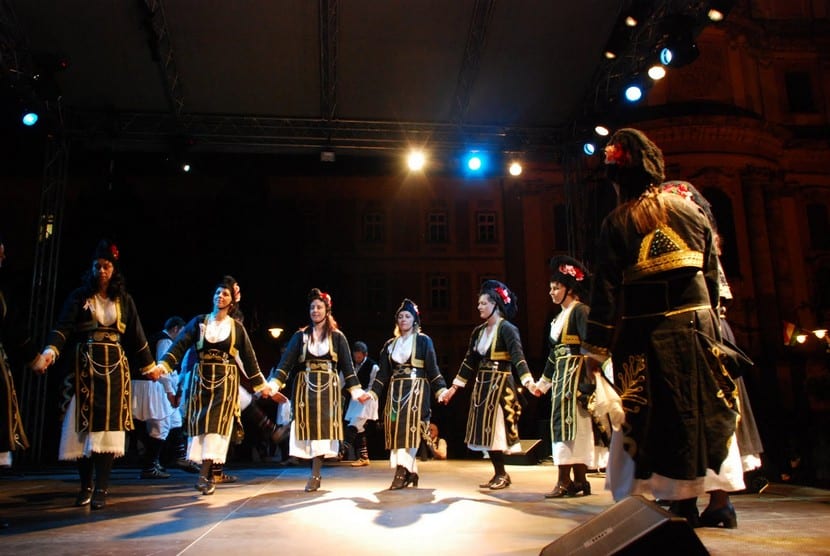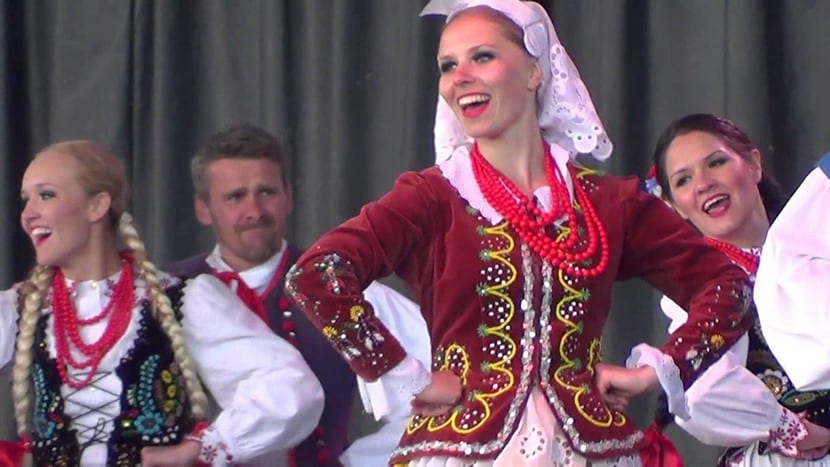
The Swede «Poland, " in 3/4 time, but differing from Waltz, and not to be confused with the more modern 2/4-beat "Polka", it constitutes the rhythmic framework for most of all people in songs, instrumentals and de dance melodies from sweden.
American folk dancers are most familiar with this rhythm through the Hambo, however it was found in these others as well. swedish dances like snurbocken, fyramnadans, and daldans, and is closely related to the Norwegian Springpols.
However, these few dances are more than a shadow of what Polska must have encompassed during its heyday of more than two centuries from the late 1500s to the mid 1800s. In those days, everyone in Sweden that danced, danced the Poland in one way or another.
But times and fashions change, and in the past century, the waltz, the chotis, the polka, the foxtrot, the tango, the swing, and now Rock-'n-roll and the twist, have progressively replaced one another. another like "The dance of the hour." However, none of them can claim anything from the many generations of indisputable supremacy that Polska enjoys, with its constant and subtly convincing triple rhythm.
Today, however, except for a relatively few survivors (notably the Hambo, the venerable age of Sweden Poland (Old Poland) many are practically forgotten.
The old Swedish Polska

Through the initiative of some Swedish violinists and popular dance teachers, a series of all but forgotten dances «Poland»Have been brought to light in Sweden only in recent years. Each area of the country, of course, has left its own mark on the dance, differing somewhat in feet and pattern, but especially in character and style, depending on the typical music of that district. But whether these dances come from the south, central, or northern parts of the earth, certain fundamental similarities and underlying "constants" seem to be apparent.
On one hand, one step Poland In a dance as a couple you almost always make a complete revolution in one measure (unlike the waltz, polka, or two steps, which have two full-turn measures). And consequently each stage starts on the same foot (again, in contrast to the Waltz, etc.).
Moreover, the step of the woman it is always a "follow-up" of the man's step, so in effect they dance the same step, but each at a different point in the music. Not the least in importance is the fact that almost all Polska measurements, regardless of which foot or point the gait pattern you start at, follow a constant, almost rigid, order of progression.
In this way, knowing that the man starts on the left foot, for example, it is possible to predict not only the rest of his stride, but the woman's stride as well. Is "Rule of the foot" has proven to be very useful in the reconstruction of the dances Poland practically disappeared.
The return of the Polska

A Polska cannot have any specific name other than "old Poland« (Gammal Polska), which is the most basic of the followed Poland as used in an even turn.
In reality, this in turn is no more than an "extension" of the simple walk, all in the syncopated rhythm of the Poland; one simply adapts the open stride to provide easy, natural balance, in the closed shift, never losing the basic "one, -, three, one, -" of the foot switch pattern. Actually, the whole thing is so simple, it's amazing.
In this case, it could be said, that it is a prototype of the many steps of the Poland and dance forms that developed in the northern scandinavia along the centuries. Alert dancers would recognize it as essentially the same footwork as used in the turn snurbocken, a step sometimes called «Delsbo-Polska"(After a district in Häsingland or simply" left foot Polska ", referring to the step of man). The same step is found in a «Bakmes-Polska»From the west of Dalarna in Sweden, and in the exhilarating«rorospols"To Osterdalen in Norway.
As is the case with all Polskas pairs, man is the master of dance, and he must lead it, firmly, thoroughly, and without making mistakes. The woman takes a "free ride"; if the man knows his steps well, the woman only needs to "let go", and the result will be a satisfactory "Old Poland". Once mastered, it can be one of the most relaxing yet satisfying of the couple's dances, and the conscientious dancer will be amply rewarded for his time.
More information: https://www.absolutviajes.com/polska-the-devil-dance-in-sweden/